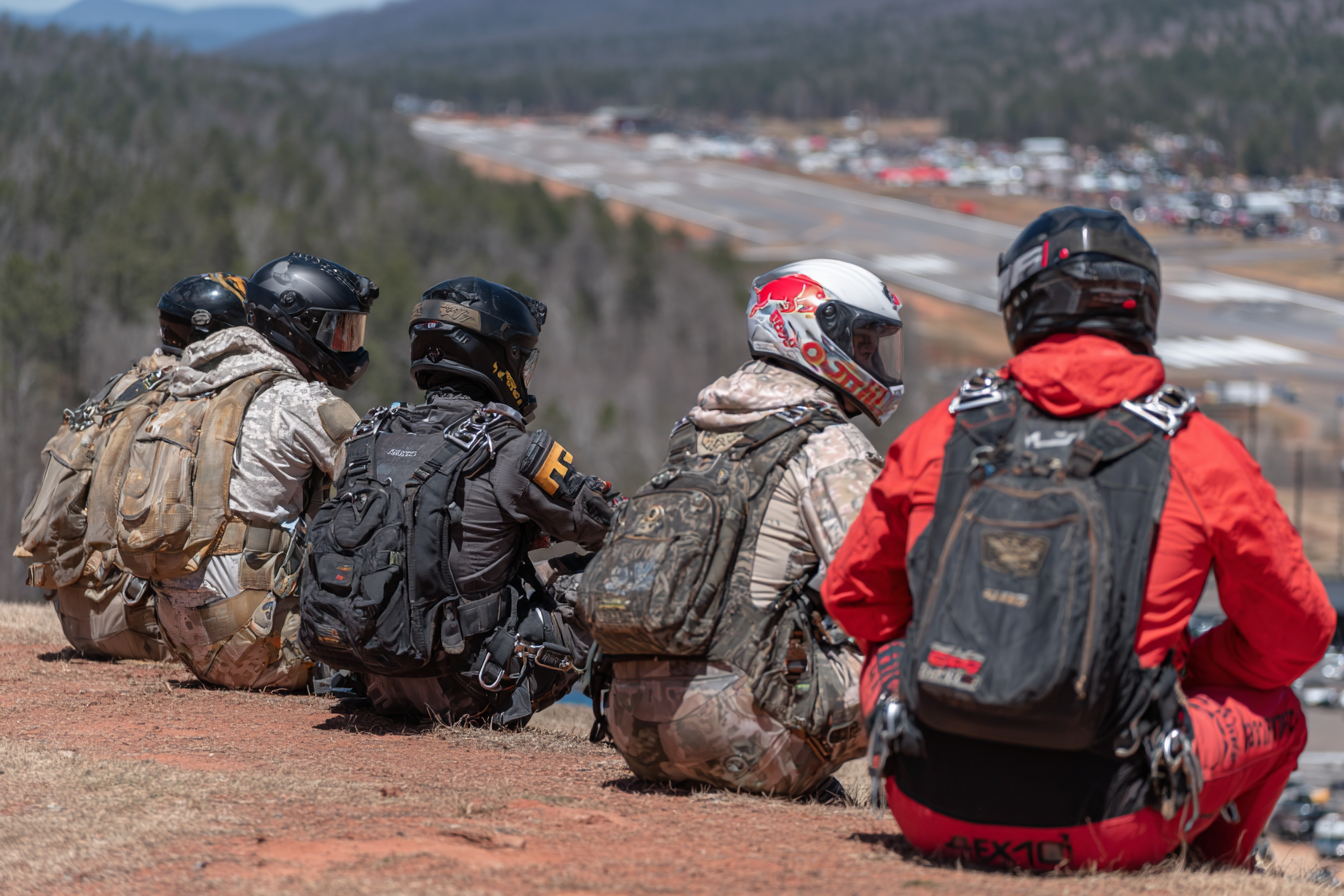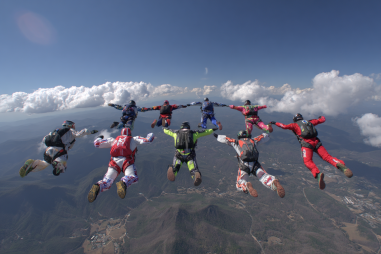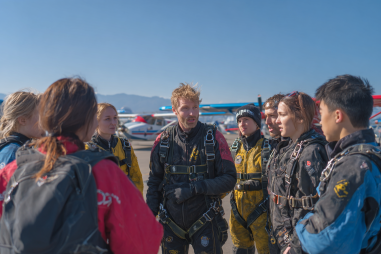Skydiving is an exhilarating sport that offers an unmatched rush of adrenaline and breathtaking views. However, with the thrill comes a level of risk that must be managed properly. The cornerstone of staying safe in skydiving lies in thorough and effective training. From the moment you decide to jump, understanding and mastering safety procedures is vital to minimizing risks and building the confidence needed to enjoy the experience fully. In this article, we will explore essential training tips designed for every jumper, whether you are a beginner or an experienced skydiver looking to brush up on your skills.
Importance of Safety Training in Skydiving
Before you even think about stepping inside a plane, the importance of safety training cannot be overstated. Skydiving involves complex procedures, specialized equipment, and quick decision-making under pressure. Proper training ensures that jumpers understand every aspect of the process—how to use their gear, recognize potential dangers, and react appropriately if things don’t go as planned. In fact, a well-structured training program significantly reduces the chance of accidents by preparing jumpers to handle unexpected situations calmly and effectively.
Moreover, safety training helps build a solid foundation of knowledge that instills confidence. When jumpers fully grasp what’s expected of them and have practiced critical procedures repeatedly on the ground, the actual jump feels less intimidating. Confidence combined with competence makes for safer and more enjoyable skydiving experiences.
Structured Learning Approaches
Skydiving safety procedures benefit greatly from a structured learning approach. Training should progress in clearly defined stages, starting with theory and moving into practical application. The first step often involves comprehensive classroom sessions where instructors explain equipment, protocols, and emergency scenarios. Key topics covered include equipment inspection, body positioning, altitude awareness, canopy control, and emergency procedures.
Following theory, the training moves into practical drills such as mock gear assembly and exit simulations. This step-by-step progression ensures that jumpers aren’t overwhelmed and can absorb vital information incrementally. Different training programs like Accelerated Freefall (AFF) or Static Line provide tailored pathways that emphasize safety according to skill level. Following a training syllabus created by reputable organizations helps maintain consistency and thoroughness across jumpers.
Hands-on Practice and Simulation Drills
When it comes to skydiving, muscle memory is key. Hands-on practice and simulation drills allow jumpers to physically experience the motions and responses needed during a jump before actually hitting the skies. For example, practicing body positioning on a mock rig or performing simulated emergency procedures using a training rig or virtual reality can build familiarity with critical actions.
Simulation drills also often include practicing reserve canopy deployment, cutaway procedures, and landing techniques. These drills are designed to make these responses second nature, which is crucial when seconds count in real situations. Many skydiving schools incorporate wind tunnels to help novices get used to freefall body positioning without the added risk of altitude.
Mental Preparation and Focus Techniques
While physical and technical skills are essential, mental preparation plays an equally important role in skydiving safety. Jumpers must cultivate a focused mindset that helps reduce anxiety, maintain alertness, and enable quick thinking. Techniques such as visualization, controlled breathing, and mindfulness can enhance mental readiness.
Visualization involves mentally rehearsing every stage of the jump, from boarding the plane to landing safely. This practice sharpens focus and reduces stress by making the process feel familiar. Controlled breathing helps stabilize heart rates and promote calmness. Maintaining a clear, positive mindset can increase one’s ability to react calmly and confidently when faced with an unexpected situation.
Common Mistakes to Avoid During Training
Even the best training can be undermined by certain common mistakes. Being aware of these pitfalls can help jumpers avoid them:
- Skipping or rushing through basics: Trying to move quickly past foundational knowledge often leads to gaps in understanding crucial safety procedures.
- Neglecting equipment checks: Failing to thoroughly inspect gear before every jump can result in equipment malfunctions.
- Poor communication with instructors or other jumpers: Not asking questions or clarifying doubts can lead to misconceptions about critical procedures.
- Overconfidence: Assuming safety skills are foolproof or neglecting refreshers increases risks, especially after long breaks.
- Ignoring personal physical and mental condition: Jumping while fatigued, stressed, or unwell can impair judgement and reaction time.
Continuous Learning and Skill Improvement
Skydiving is not a one-and-done skill but a continuous learning journey. Safety procedures and techniques evolve as new equipment, technologies, and best practices emerge. Even experienced jumpers benefit from refresher courses and additional training modules. Regular practice and skill improvement reduce complacency and keep sharp skills ready for any scenario.
Many drop zones and training centers offer specialty courses, advanced maneuvers, and emergency procedure drills to help jumpers maintain and enhance their capabilities. Peer learning, feedback from instructors, and reviewing recorded jumps can also uncover areas for improvement. Keeping up with updates from certification bodies and industry guidelines ensures jumpers stay compliant with the latest safety standards.
Training Resources and Certification Bodies
There is a wealth of resources available to jumpers who want to deepen their understanding of skydiving safety procedures. Several internationally recognized organizations set training standards and certify jumpers, instructors, and schools.
- United States Parachute Association (USPA): Offers structured instructional programs, safety guidelines, and licensing for skydivers across the U.S.
- British Parachute Association (BPA): Provides comprehensive training materials and certification in the United Kingdom.
- Canadian Sport Parachuting Association (CSPA): Governs training standards in Canada, emphasizing safety and proficiency.
Beyond organizations, many skydiving centers maintain extensive instructional materials including videos, printed manuals, and digital simulations. Mentorship from experienced jumpers is invaluable for hands-on advice and encouragement. Utilizing these reputable training resources and certification programs helps ensure every jumper follows established safety protocols and continues to elevate their skills.
Taking the Leap with Confidence and Care
Skydiving can be one of the most rewarding adventures a person can experience, but it demands respect for safety and diligent training. By understanding the importance of structured learning, committing to hands-on practice, preparing mentally, avoiding common training mistakes, and embracing continuous improvement, every jumper can drastically reduce risk and enhance their enjoyment of the sport. Utilizing trusted training resources and certification programs further reinforces this foundation.
Remember, the goal of safety training is not to create fear but to build confidence and competence. Effective training equips jumpers with the knowledge and skills needed to handle the excitement and challenges of skydiving while prioritizing their well-being. Whether you’re a first-time jumper or a seasoned skydiver, investing time and effort into mastering safety procedures will pay tremendous dividends every time you take to the skies.







